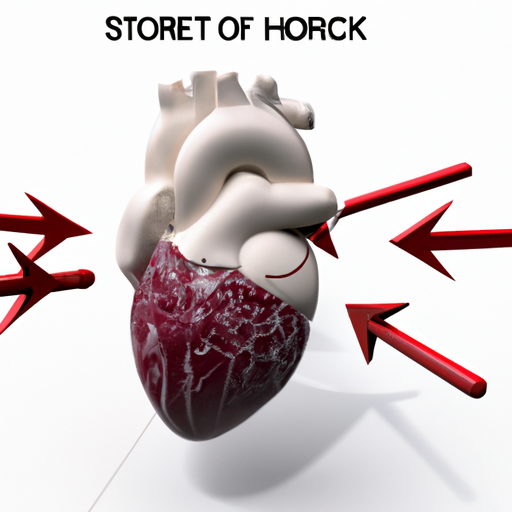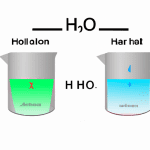Introduction
When it comes to understanding the functioning of the human heart, one important aspect to consider is stroke volume. Stroke volume refers to the amount of blood pumped out of the heart with each heartbeat. It plays a crucial role in determining cardiac output, which is the total amount of blood pumped by the heart in a minute. In this article, we will explore the various factors that influence stroke volume and ultimately affect cardiac output.
1. Preload
Preload refers to the amount of blood that fills the ventricles of the heart during diastole, or the relaxation phase. The more blood that fills the ventricles, the greater the stretch on the cardiac muscle fibers. This increased stretch leads to a more forceful contraction during systole, resulting in a higher stroke volume. Factors that affect preload include blood volume, venous return, and the duration of diastole.
2. Afterload
Afterload refers to the resistance that the heart must overcome to eject blood from the ventricles during systole. It is primarily determined by the arterial blood pressure. When the afterload is high, the heart has to work harder to pump blood, leading to a decrease in stroke volume. Conditions such as hypertension can increase afterload and negatively impact stroke volume.
3. Contractility
Contractility refers to the strength of the cardiac muscle contraction. It is influenced by factors such as the release of certain hormones (e.g., epinephrine), calcium levels within the cells, and the overall health of the heart muscle. When contractility is increased, the heart can generate more forceful contractions, resulting in a higher stroke volume.
4. Heart Rate
Heart rate plays a significant role in determining stroke volume. When the heart beats faster, there is less time for the ventricles to fill with blood during diastole, leading to a decrease in stroke volume. Conversely, a slower heart rate allows for more time for ventricular filling, resulting in an increased stroke volume.
5. Frank-Starling Mechanism
The Frank-Starling mechanism states that the greater the initial stretch of the cardiac muscle fibers, the stronger the subsequent contraction. This mechanism ensures that the heart pumps out an equal amount of blood that returns to it. When there is an increase in venous return, such as during exercise, the heart stretches more, leading to a higher stroke volume.
Conclusion
In summary, stroke volume is influenced by several factors, including preload, afterload, contractility, heart rate, and the Frank-Starling mechanism. Understanding these factors is crucial in comprehending the determinants of cardiac output. By optimizing these factors, healthcare professionals can help improve cardiac function and overall cardiovascular health.




